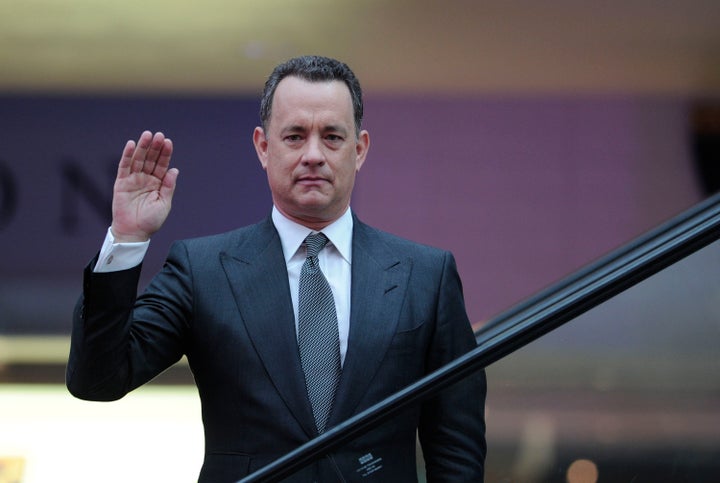
I am a Gerontologist, which means I study older people and the social dimensions of the aging process. Visual Gerontology (VG) explores how aging is portrayed in visual media. I developed the VG framework, along with film scholar Craig Detweiler, because we anticipate having a lot of visual images to analyze over the next 40 years as Baby Boomers age. Television, film, advertising, and new technology, have been unstoppable forces in Boomers' lifetimes and will continue their influence.
VG's asks two main questions: How is aging portrayed through visual means; and how is the aging of visual artists reflected in their work? Recent examples of aging film characters include roles played by Clint Eastwood, Ed Asner, and Hal Holbrook, in Gran Torino, Up, and That Evening Sun. These three characters provide insight for caregiving Boomers, as well as professionals who might question why seniors could be so attached to their lifelong homes. Common expectation suggests these three men should be moved to retirement communities or nursing homes, but the fictional conflicts on screen reflect real life examples. We see VG as a valuable tool in combating ageism and sensitizing the public about the issues older people face.
Since Boomers started turning 65, we've been analyzing the oeuvres of Boomer feature film directors, examining their artistic legacies and whether their increasing age and changing stages of life are reflected in their work. Gerontologists divide Boomers into two birth cohorts: 1946-1954 and 1955-1964. Since the earlier born cohort is the one facing aging more imminently, our primary studies focus on these American directors in the 56-65 age range. We rely on the IMDb.com for dates of birth and concentrate on directors with the highest box office earnings reported on boxofficemojo.com. Some of what we found:
On the surface, James Cameron's films appear to be mostly about pure spectacle. However, Titanic was driven by the story of Rose, played by Gloria Stuart in her 90s. Even the megahit Avatar addressed issues of related to disabilities, regeneration, and eternal life.
Many Boomers still think of Ron Howard, who played Richie Cunningham on Happy Days, as the idealized boy of their youth. As a director, Howard's aging film, Cocoon, was released when he was only 31. We hope his view of aging is evolving as he nears 60. On the other hand, the late John Hughes' films never matured much past adolescent issues, and he will be remembered for portraying teenage relationship angst. Nancy Meyers' work is about the complications of Boomer relationships, with female heroines leading the way through middle age. Boomers Diane Keaton and Meryl Streep are female role models for aging with brains, a sense of humor, and sex appeal.
Rob Reiner represented the Boomer generation in his 1970s role as countercultural Mike in CBS television's All in the Family. His directorial work has also contributed to the national parlance. The phrase "Bucket List" is a household word giving guidance for the unknown time left in our lives. We can thank the escapism of Ivan Reitman for making us laugh with comedies like Stripes, Ghostbusters and Father's Day. His legacy of meaning? His son Jason's satirical works such as Juno, Up in the Air, and Thank You for Smoking bring thorny issues to the comedy screen.
Steven Spielberg gave us a lifetime of adventure with Jaws, Raiders of the Lost Ark, and Jurassic Park. He brought us back to nostalgic childhood wonder with ET, Hook and Close Encounters. However, regardless of what he makes in his older years, his most meaningful legacy may be Schindler's List and Saving Private Ryan.
Oliver Stone offers his perspectives on thorny political and social issues of the Boomer generation in Born on the 4th of July, Platoon, JFK, Natural Born Killers, Nixon, and World Trade Center. His latest feature Wall Street: Money Never Sleeps, is a timely sequel 23 years after the original film, taking a serious look at the issues of life review, redemption, and legacy.
Boomer nostalgia is Robert Zemekis' domain, with Back to the Future, Forest Gump, and Polar Express. He and Tom Hanks get some perspective on the Boomer capitalist lifestyle in Cast Away. Hanks is a few years short of being an older Boomer, but his new film Larry Crowne, addresses a timely social and policy issue for aging Boomers: reinventing yourself after the loss of a job.
When a film being discussed in the public square addresses pertinent aging concerns such as layoffs, terminal prognoses, euthanasia, Alzheimer's Disease, caregiving, Veterans' plight, and decaying neighborhoods, the impact reaches far beyond the screen. Discussions of these issues motivate sympathy, collective action, and advocacy by resonating with caregiving Boomers as well as those receiving care. As Boomer directors age past 65, we will be watching closely to see how being "aged" is reflected in their art.
